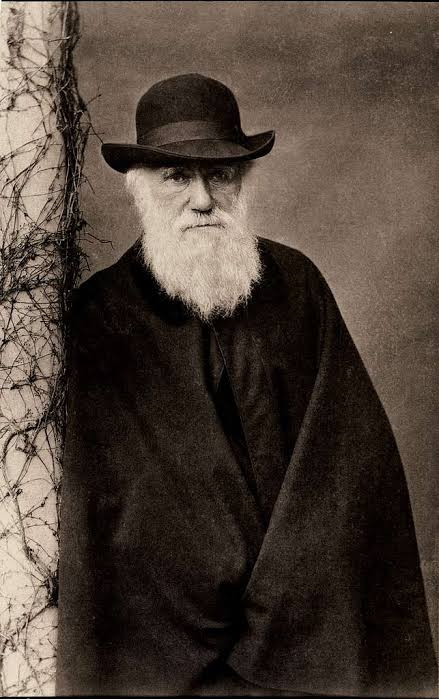Chapter 5: Genetics and Mutations: The Fundamental Mechanisms of Evolution
Chapter 5: Genetics and Mutations: The Fundamental Mechanisms of Evolution
At the heart of evolutionary biology, there are two crucial concepts: genetics and mutations. These two processes are the fundamental mechanisms driving evolutionary change and play a critical role in our understanding of how natural selection works. Genetics is the system that carries the genetic information of organisms, while mutations are the mechanism that shows how this information can change over time. Evolution occurs as these changes accumulate. In this chapter, we will explore in detail how genetic structure plays a role in evolution and how mutations contribute to evolutionary change.
Genetics and Evolution: The Fundamental Connections
Genetics is the biological information system that determines all of an organism’s characteristics. This information is stored in a molecule called DNA, which shapes all of an organism’s physical and biological traits. At the core of evolutionary processes lies the change in genetic information over time. These changes help organisms better adapt to their environments. Therefore, genetics is one of the most important factors in evolution.
Evolutionary changes arise from alterations in the genetic structure of organisms. These changes occur through processes such as mutations or genetic variations. Every individual carries the genetic information inherited from their parents, but this information can change over time. These changes are passed down from generation to generation and create differences between populations. This process is one of the fundamental mechanisms of evolution.
Mutations: The Engine of Evolution
A mutation is defined as a change in DNA. DNA is a molecule that carries the genetic information of all organisms, and any change in this molecule is considered a mutation. Mutations are changes in genetic material and are often random. These changes can occur due to environmental factors or cellular errors. Mutations are one of the key mechanisms driving evolutionary changes.
Mutations can occur in different forms. These include point mutations (changes in a single DNA base), deletions (loss of a DNA segment), insertions (addition of extra DNA segments), and duplications (repetition of DNA segments). These mutations lead to changes in genetic structure that affect the characteristics of organisms.
Mutations do not always have negative consequences. Some mutations may help organisms adapt better to their environments. For example, a mutation that prevents water loss in a desert environment may increase an organism’s chances of survival. On the other hand, some mutations can be harmful and reduce the organism’s chances of survival.
Mutations and Evolutionary Adaptation
Evolution occurs through the accumulation of mutations. Mutations lead to the emergence of new genetic variations. These genetic variations determine how organisms adapt to environmental conditions. Every mutation slightly alters the organism’s genetic structure. These differences enable natural selection to operate.
Evolutionary adaptation refers to the process by which organisms adjust to their environments. Mutations lead to the emergence of traits that are better suited to environmental conditions. For example, animals with white fur in polar regions are better adapted because their color blends with the snow-covered ground, making it harder for predators to spot them.
However, mutations do not always lead to better adaptation to environmental conditions. Some mutations can be harmful, reducing the organism’s chances of survival. In this case, natural selection eliminates these harmful traits. Natural selection favors the traits that are suitable for the environment, and over time, these traits become more common.
Genetic Variation and Populations
Genetic variation refers to the genetic differences found among individuals in a population. These variations arise through processes such as mutations, genetic drift, and gene flow. Genetic variation enhances an organism’s ability to adapt to environmental changes. Thanks to this variation, organisms have a greater chance of surviving and reproducing under different environmental conditions.
Genetic variations increase diversity in evolutionary processes. For example, some individuals in a population may be short, while others may be tall. These variations may become advantageous depending on environmental conditions. Short individuals may be better camouflaged in certain environments, while tall individuals may be able to reach higher places. This diversity enhances the population’s ability to adapt to environmental changes.
Mutations, the source of genetic variation, drive evolutionary changes in organisms. Mutations are random, but natural selection ensures that these mutations accumulate. As environmental conditions change, more advantageous mutations become more common in the population.
The Importance of Mutations in Evolution
Mutations lay the foundation for evolutionary changes. Every mutation creates a change in an organism’s genetic structure. These changes help organisms better adapt to their environments. Mutations increase the diversity of characteristics seen in organisms, allowing evolutionary processes to take place. Evolution occurs through the accumulation of these changes, eventually leading to the emergence of new species.
In conclusion, mutations and genetics are fundamental components of evolutionary processes. Understanding how these processes work helps us better grasp biological diversity and the changes organisms undergo over time. Evolution occurs as genetic changes accumulate, creating traits that increase an organism’s chances of survival and reproduction. Mutations and genetic variation are the cornerstones of these processes and are among the most important topics in evolutionary biology.








Comments